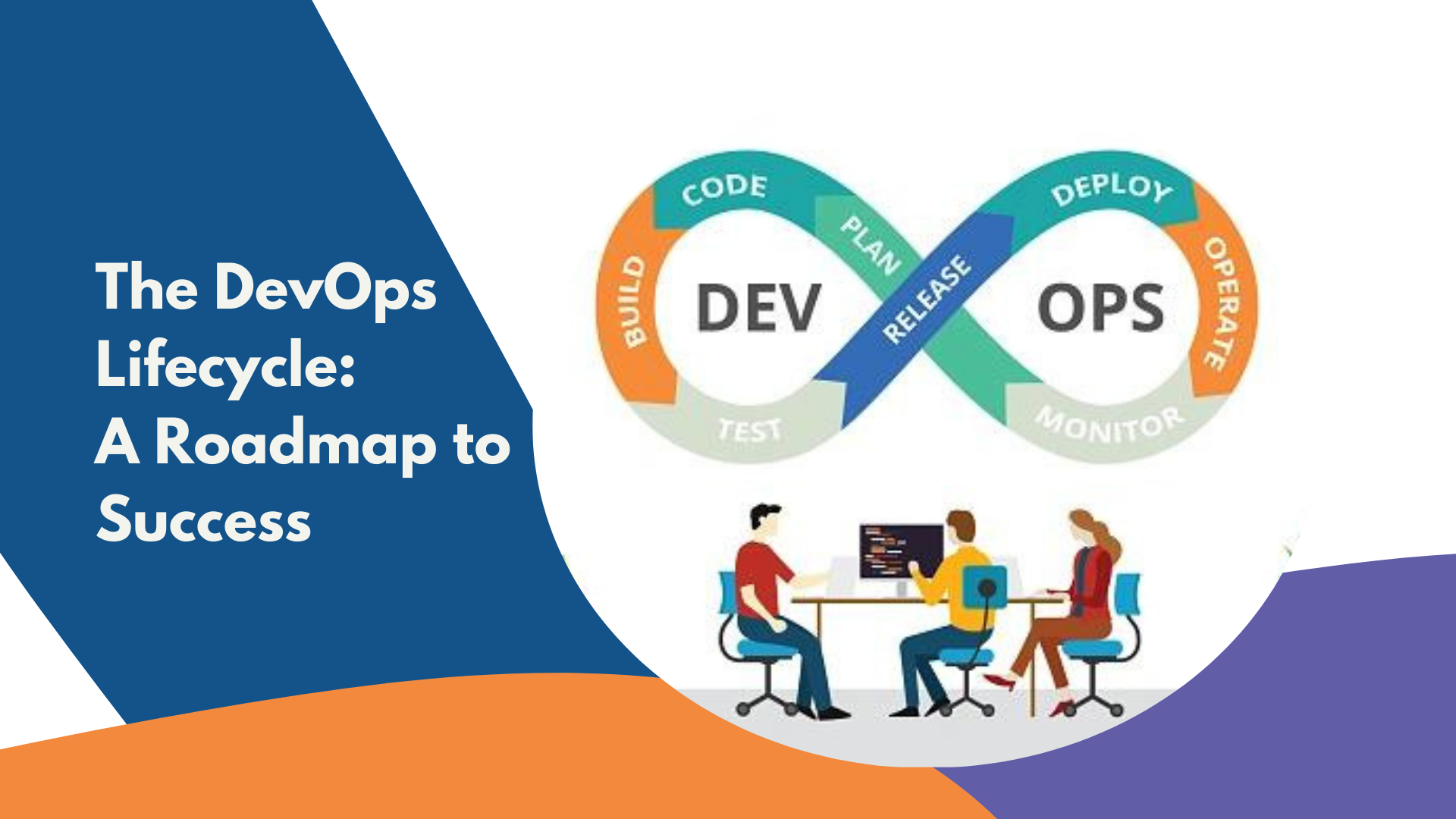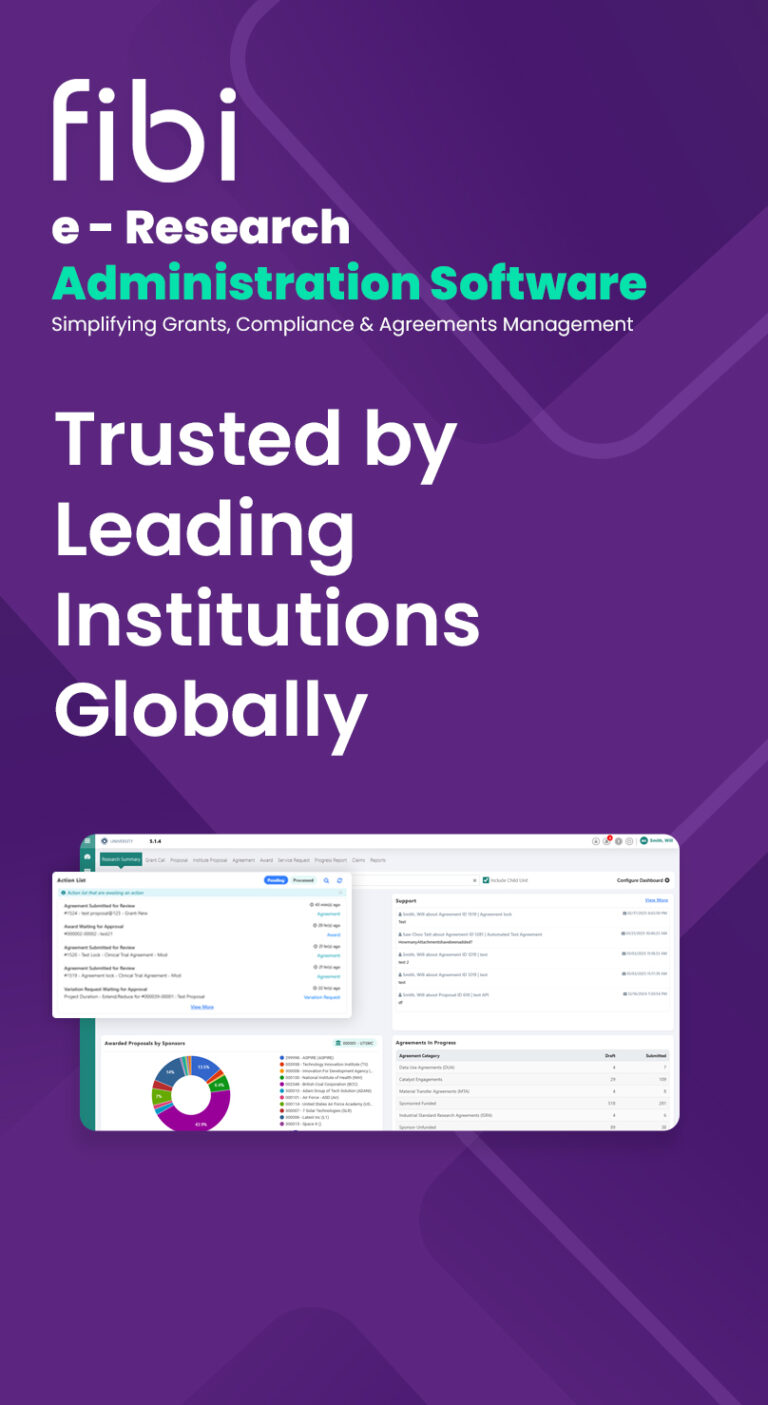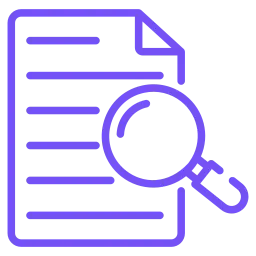In this age of superheroes, thanks to MARVELTM and DCTM comics, you may be surprised to find that the Grants Management universe is not without its own hero. The Checklist resides in Proposalville and is empowered and responsible for ensuring complete and accurate submissions.
In all seriousness, there is no greater tool to have in your grant management arsenal when preparing a proposal than a checklist.
And Here’s Why
Attempting to complete a proposal without a checklist is like building a house without a blueprint. There is an image of the built house, but no idea of the required materials, measurements, or costs. Not only will the house fail inspection, but it will also fall.
Without a checklist, the grants management team risks having similar results to their organization’s proposals.
Common pitfalls include:
- Character count exceeding limitations
- Components mislabeled
- Documents saved in incorrect mode
- Budget includes unallowable items
- Missed deadlines
- Incomplete application
As worthy as a project may be, if care and attention aren’t given to the details when preparing the grant application, it may never see the light of day. A proposal submitted with any of the above issues has a greater likelihood of being rejected, and all of the hard work of the staff, researchers, and administration will be for naught.
What is a checklist?
Every grant application begins with a request for proposal (RFP), a notice of funding opportunity (NOFO), or funding opportunity announcement (FOA), which outlines the eligibility requirements, the funding amount, and the proposal’s focus. It also includes the submission guidelines.
For seasoned grant managers, crafting the checklist will coincide with reviewing the application instructions.
While this is not an all-inclusive list, most checklists include:
- Submission dates
- Margins, font size and type, and page limitations
- Proposal components :
- Project summary
- Aims
- Research plan
- Bibliography
- Bios
- Budget and justification
Furthermore, the checklist may be created in a spreadsheet or in an electronic grant management system. In whichever form is chosen, completing the checklist is the first step in the proposal preparation process.
It’s Mission. The Benefits
With the use of the checklist, all organizational stakeholders in the submission process are fully knowledgeable of the sponsor’s requirements.
For the grant management team, who are responsible for coordinating multiple aspects of the application, including developing the budget, gathering the documents, and completing the application in the sponsor’s portal, the checklist is the roadmap. Along with reflecting on what is required, the checklist can also be used to track what has been completed and what is still missing in the application. As the researcher’s partner in the submission process, the checklist enables the grants team to confidently know when the application is complete and ready to route for internal review.
For the researcher, there is no guesswork in the expectations of the funders. It is clear what the agency reviewers will be looking for and the basis of their rating. With this ‘inside information’, researchers can write their applications to match the sponsor’s focus and initiatives. The checklist enables them to focus their thoughts and writing on the aspects that will strengthen their proposal without worrying about missing crucial information or data.
For the research administration or sponsored projects office that completes the final review before submitting the proposal to the agency, the checklist serves as validation and assurance that the application is complete and accurate. This is important to the reputation of the organization. Having a proposal returned due to an administrative oversight could be considered a flaw and an indication to funders that the awarded funds may be managed similarly.
One final note..The checklist is only effective – can only stop a runaway train (or proposal) from going off the rails – if it can be accessed by all stakeholders as they work on the grant. That’s why its trusty sidekick, the electronic research administration (ERA) or grants management system, is the most efficient mode used by many organizations today. Its functionalities allow for multiple users to view the checklist in the same location where the application documents are uploaded. What better way to confirm that the application is complete and accurate than to have the checklist and documents in the same place?
Saving the Day and Beyond
Can you see why the checklist is the hero of the proposal story? It has the power to enable the submission of successful applications. Applications that have a greater chance of being reviewed are quite possibly funded. Successful requests for funding result in more research and more research results in more treatments, more cures, and more advancements.
Let Fibi be the organizational sidekick to your proposal hero – the Checklist.
Contact us today for a demo of how we can assist with the successful submission of your grant proposals.



























